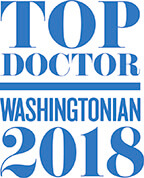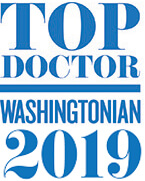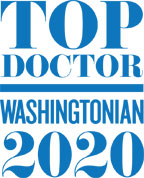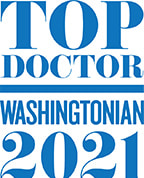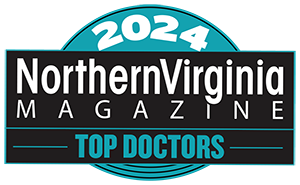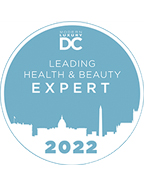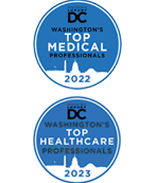Dry eyes are highly prevalent. Your eyes may feel dry due to your environment, but they may also be due to dry eye syndrome.
Dry eye syndrome is a common condition that makes your eyes feel dry, itchy, and uncomfortable. You may also notice that your eyes are irritated and watery.
Dry eyes can be very uncomfortable and harm your eyes and their health. Chronic dryness increases your risk of developing corneal abrasions, infections, and ulcers, possibly leading to vision loss.
Fortunately, if you have dry eyes, there are treatment options. Ophthalmologists often offer multiple non-invasive treatments for patients who suffer from dry eyes.
Keep reading to learn how an ophthalmologist can help if you have dry eyes and think you could be suffering from dry eye syndrome!
What are Dry Eyes?
If your eyes feel inflamed, appear red, sting, and feel like they have grit in them even when they’re clean, these are often signs of having dry eyes. Dry eyes are caused by inadequate lubrication from your tear film.
Your tear film is the layer of tears that coats the surface of the eye and keeps it healthy. When you blink, you distribute this tear film over your eyes.
Several things can cause inadequate lubrication. If you don’t blink enough, for example, your tear film isn’t getting refreshed.
Dry air can also cause your tear film to evaporate more quickly. However, dry eyes can also be caused by an issue with tear production. If you’re not producing enough tears, this can affect how your eyes function, often due to dry eye syndrome.
What is Dry Eye Syndrome?
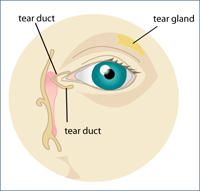
An imbalance in tear composition usually causes dry eye syndrome. Your tears are made of three components.
There’s an inner layer of mucus, a middle layer of water, and an outer protective layer of oil. Sometimes, your eyes struggle to produce one of these components.
If you don’t have the proper amount of any of these components, it can affect how your eyes function and how clearly you can see. You’ll usually still produce the same number of tears as your eyes try to compensate by making more of the other components.
However, these tears do not provide adequate lubrication, and your eyes will become dry. Although anyone can develop dry eye syndrome, it’s more common in older adults and women, especially pregnant women and women going through menopause.
It’s also more common in individuals with inflammatory skin conditions like rosacea. Regardless of your gender or medical history, it’s essential to seek professional treatment if you have frequent dry eye symptoms so you can be diagnosed and treated.
Diagnosing Your Dry Eyes
The first thing an ophthalmologist can do for your dry eyes is diagnose if you have an eye condition like dry eye syndrome. Once diagnosed with dry eye syndrome, your eye doctor can recommend treatment options.
These options depend on the severity of your symptoms and what’s causing your dry eyes. Treatment can start very simply with over-the-counter medication and lifestyle changes.
Home Remedies

Most ophthalmologists first recommend simple lifestyle changes and treatments you can administer at home. These may include using a humidifier, taking nutritional supplements that contain omega-3 fatty acids, and applying a warm compress to the eyes.
They may also recommend using over-the-counter artificial tears and eyelid scrubs or wipes to keep bacteria out of your eyes and remove particles around your eyes that are causing irritation. These home remedies are sometimes effective in improving many symptoms associated with dry eye syndrome.
However, they may not give you enough relief on their own. In such cases, your eye doctor will likely recommend professional treatment.
Professional Treatments
Several non-surgical, non-invasive treatments can alleviate dry eye syndrome symptoms. We offer many of these treatments here at See Clearly Vision, including:
Prescription Eye Drops
Your ophthalmologist can prescribe eye drops that reduce eye inflammation and encourage better tear production. We can also prescribe serum tears, which are eye drops made using a blood sample. These drops are more effective because they’re more biocompatible with your eyes.
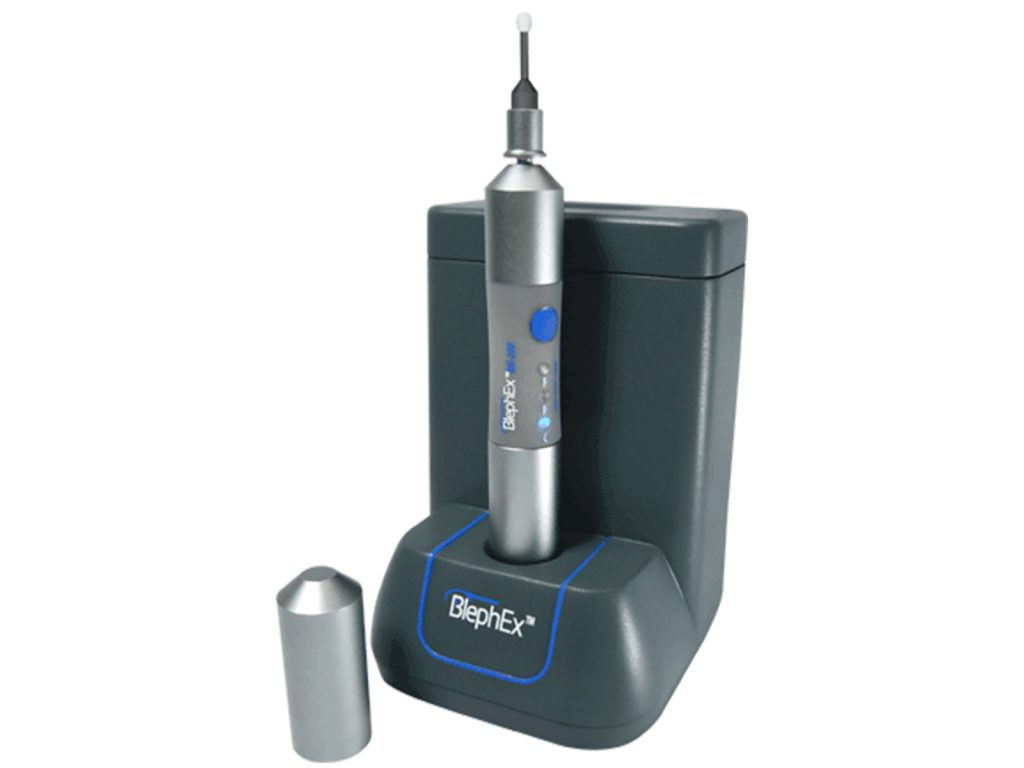
BlephEx
BlephEx is an eyelid-cleaning treatment that uses a medical-grade sponge. The sponge can clean your eyelids more effectively than over-the-counter eyelid scrubs, significantly reducing inflammation.
EyeXpress
EyeExpress is a non-invasive therapy that uses light and heat to gently soften blocked oil glands. This allows oil to flow more freely, so tears don’t lose their outer protective layer and evaporate too quickly.
Punctal Plugs
In severe cases of dry eye syndrome, your ophthalmologist may recommend punctal plugs. These tiny plugs are inserted into your puncta, which are the tear ducts located near the inside of your eye on your lower eyelid.
Tears naturally drain through these ducts, so blocking them off forces tears to stay on the surface of the eye longer. This may compensate for an inadequate tear film and help necessary nutrients remain in the eye.
With treatment, you can get the relief you’re looking for from dry eye syndrome and its symptoms, keep your eyes healthy, and prevent vision loss. If you have dry eye symptoms, don’t wait any longer for treatment.
Take the first step towards improving your symptoms of dry eye syndrome by requesting an appointment at See Clearly Vision in McLean and Arlington, VA, today! Why wait when your eyes could feel better?

